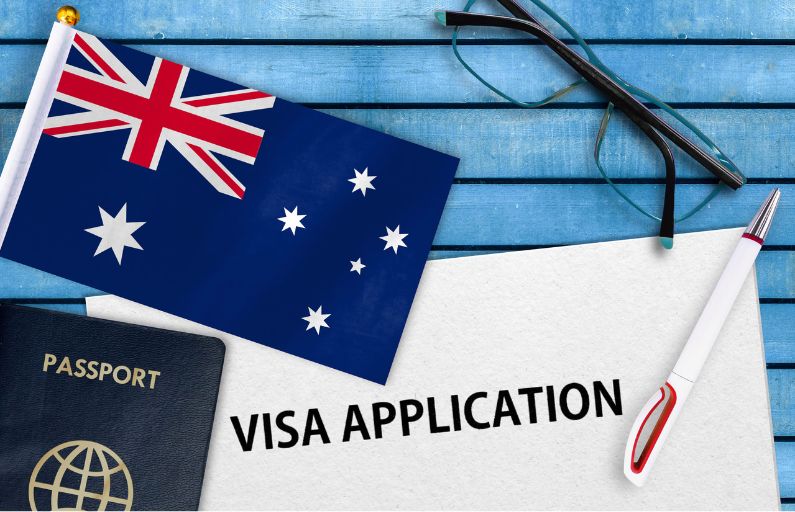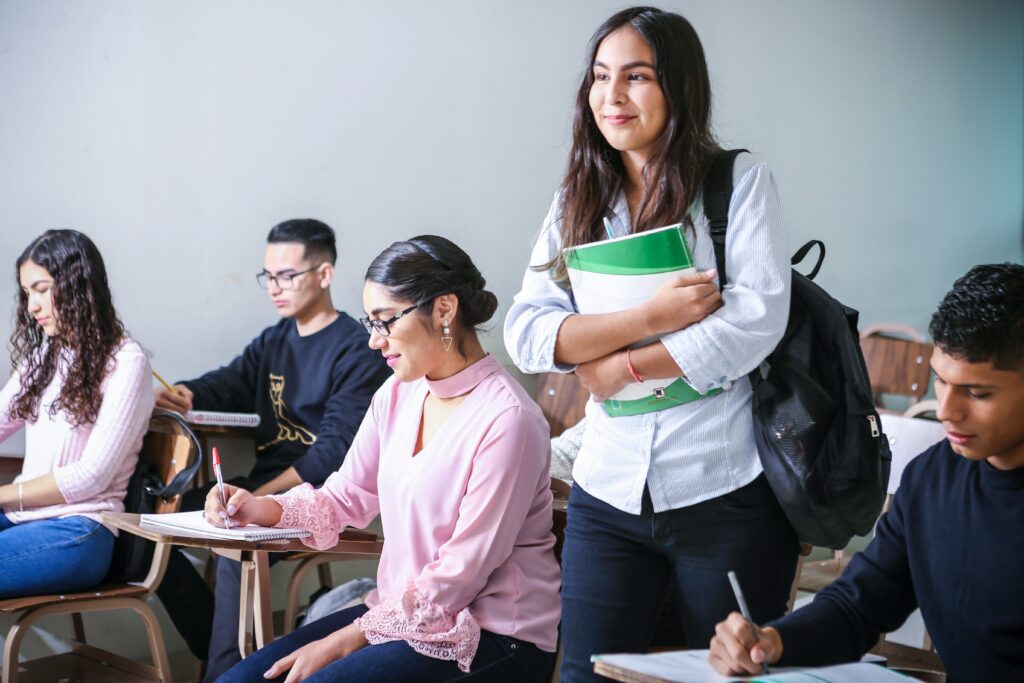The Australian education system is one of the most sought-after in the world, and multiculturalism attracts international students to Australia, where they can acquire their knowledge in a stimulating academic environment. It is essential to hold an adequate student visa to embark on this glorious journey. You can not choose the best type of student visa that fits your purpose without having first this knowledge on the types of Australian student visas.
- Student Visa (Subclass 500): This is the most popular kind of student visa, enabling you to register for a full-time degree at an Australian university. For the period of your studies, you are granted temporary residence, which has a maximum validity of five years. During your studies, you can work part-time, and during breaks, full-time. You may also bring your spouse and kids with you if you have this visa; they can apply as later immigrants.
- The Student Guardian Visa (Subclass 590) is intended for those who are traveling with a student visa holder (subclass 500) who is less than eighteen (18 years of age). It enables you to remain in Australia and assist and care for the student while they continue their education. You are not allowed to work in Australia with this visa, however if necessary, you may be able to apply for a work visa.
- The Training Visa (Subclass 407) is appropriate for those who want to further their careers in a particular sector or pursue vocational training. It enables you to take advantage of the short courses (up to a year) that accredited training providers provide. The emphasis is more on industry-specific training and practical skills than it is on student visas. Under some restrictions, you may be able to work in your area of study while you have this visa.
Selecting the Appropriate Student Visa:
Some of the points you should keep in mind while selecting an appropriate visa are mentioned below:
- Study Level: Do you want to pursue postgraduate research, undergraduate study, vocational training, or secondary education?
- Course Length: What is the duration of the course you have selected?
- Institution Type: Do you have a registered secondary school, university, or vocational college in mind as your target?
- Participation in Exchange Programmes: Do you have an exchange program that your home university is helping you with?
Extra Things to Think About:
- Work Allowances: Work restrictions are often a part of student visas. Examine the limitations on work hours related to the visa subclass you have selected. Generally speaking, throughout their academic session, holders of student visas are allowed to work up to 48 hours every fortnight, or two weeks.
- Options for Work After Study: After finishing your education, certain student visas may provide routes to temporary graduate visas that will enable you to work in Australia while you acquire experience. Bachelor’s degree holders or those with a higher degree earned in Australia, for example, may be able to apply for a Temporary Graduate visa (subclass 485), which permits them to work in Australia for a maximum of four years after graduation.
Accept the Australian Experience:
The choice of an appropriate student visa is an enormous opportunity for getting an educational experience you will long remember in Australia. Australia provides a great basis for a better future through the provision of world-class education, a multicultural environment, and opportunities for finding employment after the study duration ends. Visually imagine yourself on a campus that is full of other foreign students who are after nothing other than expanding their knowledge and developing themselves. Take on the journey and get acquainted with the variety of Australia.


